Imagine you’re in a bar, and your dream girl is sitting there, alone, drinking a porter. You want to strike up a conversation, right, and best way forward is to impress her with your knowledge of the many styles of beer, their history, and interesting facts?
After all, your future happiness depends on it! Do you want to miss out on that chance?
“I’ll have a lager please… maybe that 3% one?” doesn’t impress the dream girl at the bar 😉
I’m a beer pro, so let’s get through this together – I’ll teach you the difference between an IPA and an XPA, and all the different styles of beer from fruity, spicy, sweet, hoppy, roasty, to tart.
There are many styles of beer in Australia. Some are great with food, some are great in hot weather or cold weather, and some are just great at getting you drunk.
Styles of beer chart
Over the centuries many beer styles have come in and out of fashion. Some ancient beer styles occasionally make a reappearance based on local trends.
Here’s a styles of beer chart so you can see the tipple-tastic taste differences between the major beer styles.
Pro tip #1 – Print it out and stick it on your wall.
Pro tip #2 – Start from the top and try them all.
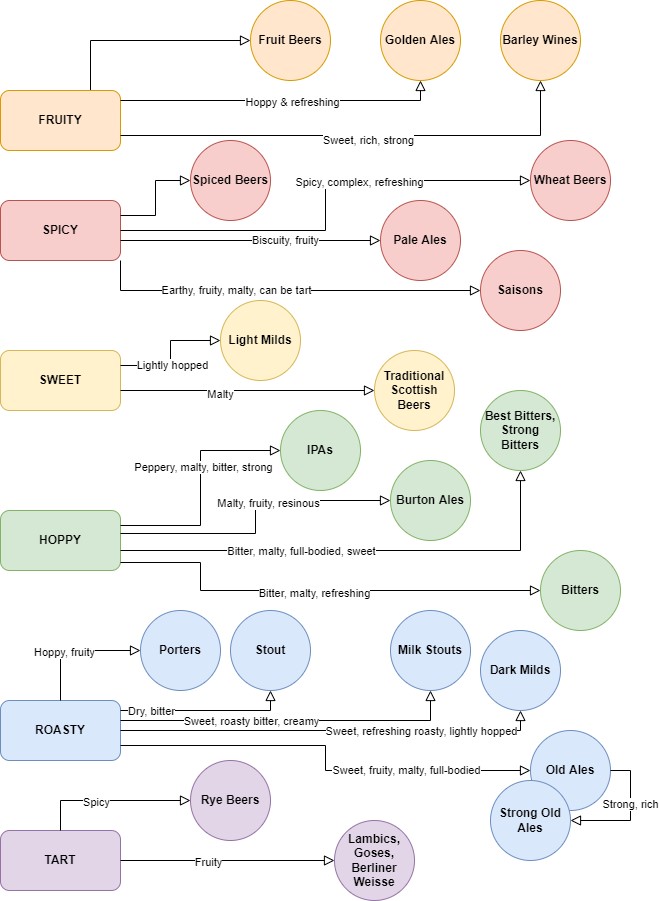
Please feel free to share the styles of beer chart (just mention themonk.com.au as a reference – for legal reasons!
Types of beer

I bet you didn’t know there were all these different types of beer, did you? You’re half way to impressing your dream girl just from knowing these basic types (or categories) of beer:
Fruity
The clue’s in the name, with this category of beer being fruity. Fruity beers include hoppy and refreshing golden ales, the ever-so-strong barley wines, and of course fruit-flavoured beers like grapefruit, strawberry, and cherry.
Spicy
Spiced beers include the extremely popular pales ales, inclusive of XPA (eXtra Pale Ale). Wheat beer, which hails back to 800 BC in Bavaria (now Germany), also falls into this category.
Saison beers, named after les saisonniers, 18th century Belgian farm workers, are a low-alcohol highly carbonated beer. Lucky for those chaps of old, potable water was a rarity, and instead their employers would give them 5 litres of saison beer per day to get them through a hard day’s work.
Spiced beers, understandably, also fall into this category.
Sweet
Sweet beers include lightly-hopped light milds, and traditional Scottish beers which favour a malty taste.
Hoppy
This category includes the world-renowned IPAs (India Pale Ales), a name which stems back to the colonial era when this sturdy brew could withstand the trip to India to support the British India Army.
Bitters fall into this category, essentially an English dark amber pale ale, as do Burton Ales as a stronger, darker ale hailing from the English town of Burton on Trent.
In North America, American-variety hops are used in amber ales with varying degrees of bitterness, although very few examples are particularly hoppy.
Roasty
A range of dark beers, inclusive of porters and stout, with the Irish stout beer Guinness being a key example in this category.
Roasty beers also include milk stouts, dark milds, old ales, and stronger varieties of old ales.
Tart
Tart beers, sour in nature, include rye beers, lambics, goses, and Berliner Weisse as a variation of wheat beer from Northern Germany.
Fruity Beers

Let’s take a look at the three fruity beer styles from the styles of beer chart:
Fruit beers
Fruit beers are a type of beer that contain fruit as one of the key ingredients. The most common fruits used in fruit beers are citrus fruits like oranges and lemons, but other fruits like raspberries, strawberries, and even watermelons can be used as well.
Fruit beers can be either brewed with the addition of fruit juice or puree, or with the actual fruit itself.
Fruit beers tend to be on the sweeter side and have a lighter body than traditional beers.
They range in colour from pale yellow to deep ruby red, depending on the type and amount of fruit used.
Most fruit beers are unfiltered, which gives them a slight haze.
I recall a great stag do in the Belgian city of Brussels where we all had far to much grapefruit beer. The groom-to-be ended up plastered in makeup from a lady we met with a confusing pronoun (it was the early 2000s after all).
Great beer though, but I struggle to drink fruit beers these days unless it’s a really hot summer day pushing 40.
Golden ales
Golden ales are a type of pale ale that are lightly hopped and tend to be on the sweeter side, hence falling into the fruity beer style.
They get their golden colour from the use of pale malt, and sometimes even sugar, in the brewing process. Or to flip that around, the name comes from the golden colour – pretty explanatory really!
Because golden ales are less bitter than other styles of beer, they’re often thought of as being more refreshing and easy-drinking.
Golden ales usually have an ABV of 4% to 5%.
Barley wines
Isn’t it confusing – barley wine is an ale, but it’s called wine?
It’s because it’s up there with wine in ABV, usually between 8% and 12%, but I remember drinking one brand as a teenager which was 12.5%.
The flavour of a barley wine can be malty and sweet, with characteristic notes of raisins, figs, and caramel.
Barley wines are often aged in oak casks for a period of months or even years, which contributes further flavours like vanilla or toffee.
Brewers sometimes refer to a high-alcohol beer as a “barley wine” even if it doesn’t contain barley malt.
For example, an imperial stout may be called a “barley wine” even though it’s made with roasted barley malt. In these cases, the term “barley wine” is more of an indication of the beer’s dangerously high alcohol content.
Spicy Beers

Now let’s look at the four spicy beer styles:
Spiced beers
Spiced beers are beers that have been brewed with a variety of spices. The most common spices used in beer brewing are cinnamon, nutmeg, allspice, ginger, cardamom, and clove, but savvy brewers love to experiment.
Brewers use different combinations of spices to create unique flavours for us beer lovers to enjoy. Some spiced beers are brewed with pumpkin (crazy as it sounds), which gives a characteristic orange color.
Spiced beers can be found at most craft breweries. They make a great winter beer to enjoy while warming up by the fire, which is probably why you find more spiced beers on tap in Melbourne than you do elsewhere in Australia.
It’s a fact!
Spiced beers are a favourite of craft brewers and have become increasingly popular in recent years. You can actually get spiced ales and spiced lagers, and both are great to drink (obviously).
Wheat beers
Wheat beers are made with a large percentage of wheat malt, hence their name – it’s simple stuff really, isn’t it?
The wheat gives them a characteristic smooth, malty flavour often accompanied by a slightly sweet taste.
Wheat beers are popular in many countries, and there are many different styles to choose from. Some of the most popular wheat beers include hefeweizens, witbiers, and Berliner weisses, and can fall under the tart beer category as well.
They can be light or dark in colour, and are popular among beer drinkers because they’re smooth and easy to drink.
Wheat beers are a great choice for those who don’t want to drink something as heavy as stout or porter, and they go really well with my other passion – food.
Pale ales
Pale ales are a type of beer characterised by their golden colour and mild flavor. They’re typically lighter in body and bitterness to other types of ale, such as brown ales and stouts.
They typically have an OG (original gravity) around 1.045 and an IBU (International Bitterness Units) rating of around 30-50.
Brewers typically use a combination of pale malt and crystal malt to create the distinctive color and flavor of pale ales. Hops is also typically used more sparingly in pale ales than in other types of ale, in order to allow the malt flavors to shine through. The end result is a beer that is refreshing and easy drinking, making it a popular choice for casual drinkers everywhere.
Some common variations of the Pale ale beer style include American pale ale, English pale ale, Belgian pale ale, and the Australian favourite Extra Pale Ale (XPA to you and me).
Saisons
A saison is a type of farmhouse ale that originated in the Wallonia region of Belgium.
They’re typically a light-bodied, pale-coloured beer with a slightly tart flavour and moderate to high carbonation.
Belgian saisons are often bottle-conditioned, meaning they undergo a secondary fermentation in the bottle. This gives the beer a lightly funky flavour and aroma.
Saisons were originally brewed in the winter and spring, historically consumed by farm workers during the hot summer months.
Today, saisons are available year-round, but they are still often associated with warmer weather. The saisons style of beer pairs really well with food, especially grilled or roasted meats.
Get the grill out chaps.
Sweet Beers
Sweet beers are the smallest category of beer, with only two general types. They’re known for, well, being sweet…
Light milds
Light mild beers are pale ales that are low in alcohol content and calories. They are easy to drink and have a light, delicate, and sweet flavour.
Popular Aussie light milds can be found everywhere – Cooper Premium Light, James Boag’s Premium Light, Hahn Premium Light… you get the picture.
Light milds are perfect for enjoying on a hot day or when you want something refreshing without the intoxication of a regular beer. I’d say they’re the perfect beer style for drinking and driving, but I can’t say that can I? I can’t recommend it either… but if you’re driving later in the day, then a light mild would be a good choice.
Traditional Scottish beers
Traditional Scottish beers often have a smoky flavour which comes from the peat used to dry the barley. Traditionally they were typically lower in alcohol and bitterness to English beers.
While we’re on the subject of Scottish beers, some of the most popular Scottish beers include Belhaven Best, Tennent’s Lager (anyone remember Tennent’s Super?), and Harviestoun Old Engine Oil.
The Scotts make some great beers.
Hoppy Beers

Some of my favourite beer styles like IPA fall under the Hoppy Beer category, so let’s take a look at those:
IPAs
IPAs (India Pale Ales) are a type of beer first brewed in England in the 19th century.
They were originally made for export to India, hence the name. IPAs tend to have a hoppy aroma and bitter taste.
The hops used in brewing IPAs are what give them their distinctive flavour which can be citrusy, floral, or piney.
There are many different types of IPAs available today, ranging from light to dark, and from low-alcohol (worst) to high-alcohol (best). IPA lovers can find something to suit their taste buds no matter what their preference is, but seriously – try them all.
Bitters, Best Bitters, & Strong Bitters
The longer a beer is hopped, the more bitter it becomes. Hops are the flowers of the hop plant and contain a compound called lupulin. Lupulin is responsible for the bitterness, flavour, and aroma in hops, so the longer the beer is hopped – the more bitter it is.
Malt also plays a role in the taste of best bitters. They’re the grains which have been steeped in water and then roasted. The longer your malt is roasted, the more bitter it will be.
Yeast also contributes to the overall bitter flavour of best bitters.
Strong bitters are, quite simple, the best of all. Cheers.
Burton Ales
The clue’s in the name with this one.
Burton ales are a style of beer originally brewed in the town of Burton-upon-Trent in Staffordshire, England.
This beer is made with high levels of malt, which gives it a sweet flavour and heavy body. Burton ales are also hopped with a high alpha acid hop extract, which gives them a bitter flavour and helps preserve the beer.
Burton ales are known for their strong flavour and high alcohol content. They’re typically brewed with a combination of pale malt, crystal malt (read malt not meth), and black malt. This gives the beer a dark colour and a rich, malty flavor.
Burton ales are best enjoyed at room temperature or slightly chilled. They pair well with hearty dishes like beef stew or roast pork, which makes them more seasonal to the winter months.
Roasty Beers

If you’re from Ireland these could well be your favourite picks from the styles of beer chart, with Guinness being one of the most famous roasty beers. These beers will put hairs on your chest, and give you a proper beard:
Porters
Porter is a style of beer which was originally brewed in London. It’s a dark, strong, malty beer, usually with a chocolate or coffee-like flavour.
The name “porter” comes from it’s roots as a beer brewed for the porters who worked on the London docks. Porters are still a popular style of beer in England, often served with food.
Stout
Ever heard of Guinness?
Guinness is probably the most famous stout in the world.
A stout is a dark, heavy ale which is high in malt and usually has a high alcohol content. The nitrogen gas used to carbonate and serve stouts gives them their characteristic creamy head and smooth texture.
It’s a style of beer with a dark colour and a roasty, coffee-like flavour, not too far different from a porter. Stouts are usually heavier and thicker than other types of beers due to the addition of more malt, which is why we generally feel fuller after drinking one.
Only the hardiest drinkers can knock back a few stouts in one morning.
Milk stouts
Milk stouts are a type of stout which gets its sweetness and creamy mouthfeel from the addition of lactose, a sugar molecule that is not fermentable by beer yeast.
Since lactose is not fermented, it remains in the beer after brewing and lends a sweet and creamy character to the finished beer.
Milk stouts were originally brewed in England for export to Russia (which at the time of writing, isn’t the case). In Russia vodka was the preferred drink, and a prohibition on the importation of hopped beers meant milk stouts a popular choice.
By adding lactose to a stout recipe, English brewers were able to create a sweeter, creamier-tasting style of beer which was still appealing to Russian drinkers.
Milk stouts are typically dark brown to black in colour and often have a chocolate or coffee-like flavour. They range in strength from 3% to 6% ABV (alcohol by volume).
Dark milds
A dark mild ale is a type of beer typically low in hops and alcohol content, with a dark colour (again, hence the name), sometimes with a deep ruby hue.
The flavour of a dark mild ale is typically malty, with some toasty and chocolate notes. They’re often slightly sweet with very little bitterness from hops. Some might say, “smooth like silk”.
Dark mild ales are popular in the United Kingdom, and often served in pubs.
Old ales (and strong old ales)
Old Ales, like Burton Ales, hail from the English midlands. They’re typically darker and maltier than other similar styles of beer, and can be somewhat sweet due to the use of crystal malt or other sweeter malts.
Old ales are fermented spontaneously with a yeast strain, resulting in a unique flavour profile not found in other beers. They were historically brewed in the winter months, cellared, and enjoyed later in the year.
An old ale is typically fairly strong, commonly with an alcohol range upwards of 6% ABV. Strong old ales can be as much as 12%.
Today, old ales are still produced by many British breweries and often found in English pubs both on tap and in a bottle.
Tart Beers
Is Oktoberfest, like, your favourite festival? Let’s take a look at tart beers:
Rye beers
I bet you can guess already what rye beers are made from, but let’s push on with this beer style.
Rye beers are brewed with rye malt, which imparts a distinctive flavour and often a spicy character to the beer.
Many rye beers also feature other flavourings, such as hops, fruit, or spices.
Rye beers can be found in many different styles, from pale ales to stouts. Rye malt is usually used in very small quantities in beer recipes, as it can lend a bitterness and astringency to the finished product if used too liberally.
However, when used judiciously rye malt can add an interesting complexity to the flavour of a beer.
If you don’t know if you like rye beer, why not try one and see?
Lambics
Lambics are a very traditional Belgian style of beer, and are often referred to as “spontaneously fermented” because they rely on wild yeast strains for fermentation instead of the more commonly used brewer’s yeast.
Because of this, lambics can often have a very complex and funky flavour profile, with characteristics like sourness, Brettanomyces (a type of wild yeast), and fruitiness.
Lambics can be quite dry, making them a refreshing choice for a summer beer. They’re typically made with a blend of wheat and barley malt, unfiltered, and unpasteurised.
Goses
Goses are a style of beer which originated in the German city of Goslar, thought to date back to the 16th century. They went out of fashion in the 20th century, but seem to be making a comeback in recent years.
Gose beers are typically tart and salty, often brewed with salt and coriander. Their sourness is often achieved by adding lactobacillus bacteria to the brew, which gives the beer a more tart taste.
Gose beers typically have a low alcohol content, making them perfect for enjoy on a hot summer day.
Germany in particular has seen a rise in breweries producing Gose beers, and I’m sure other countries like Australia will follow suit given how many craft breweries are springing up.
Berliner Weisse
I’ve decided not to state “the clue’s in the name with this one”, but Berliner weisse is a style of beer originally brewed in Berlin, Germany.
Berliner weisse is a sour beer, with a characteristic tartness caused by the lactic acid bacteria used in its fermentation. It’s usually drunk with a sweet syrupy syrup (technical term) or fruit juice, which helps balance out the tartness of the beer.
Other Beer styles
Grisette
The grisette beer style, similar in many ways to the saison beer style, also originates from the Belgium/France border during the 18th century. The key difference in history is the grisette (meaning little grey one) was favoured by miners in the region rather than the farmers associated with the saison beer style.
But like the saison, the grisette beer style is a low-alcohol light-bodied beer, with a tartness similar to the saison and other farmhouse style beers.
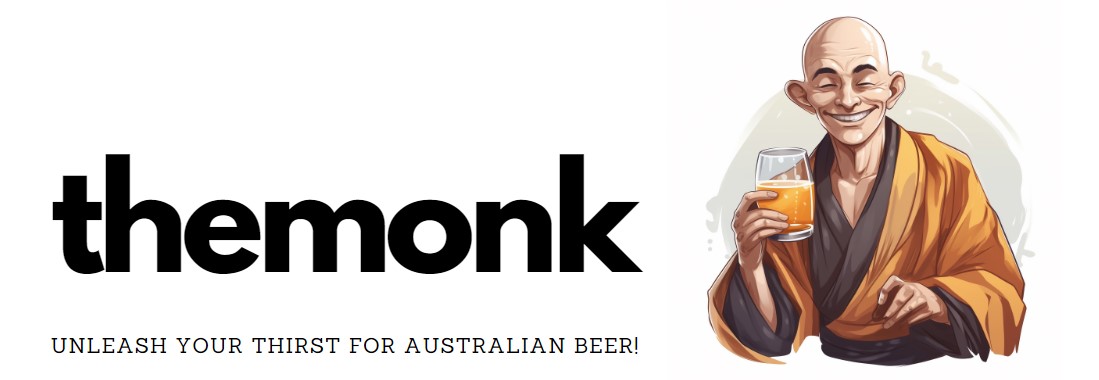
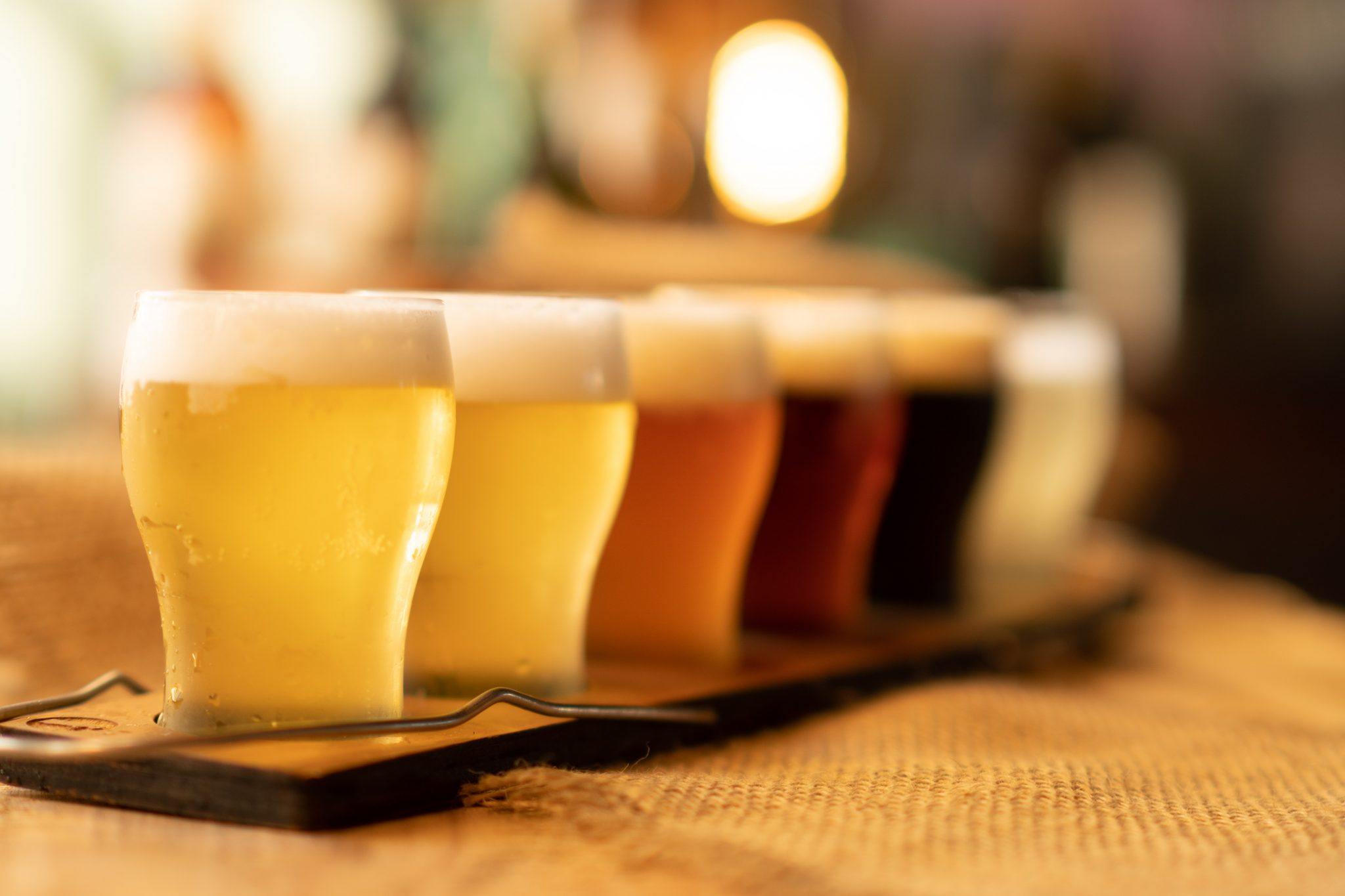
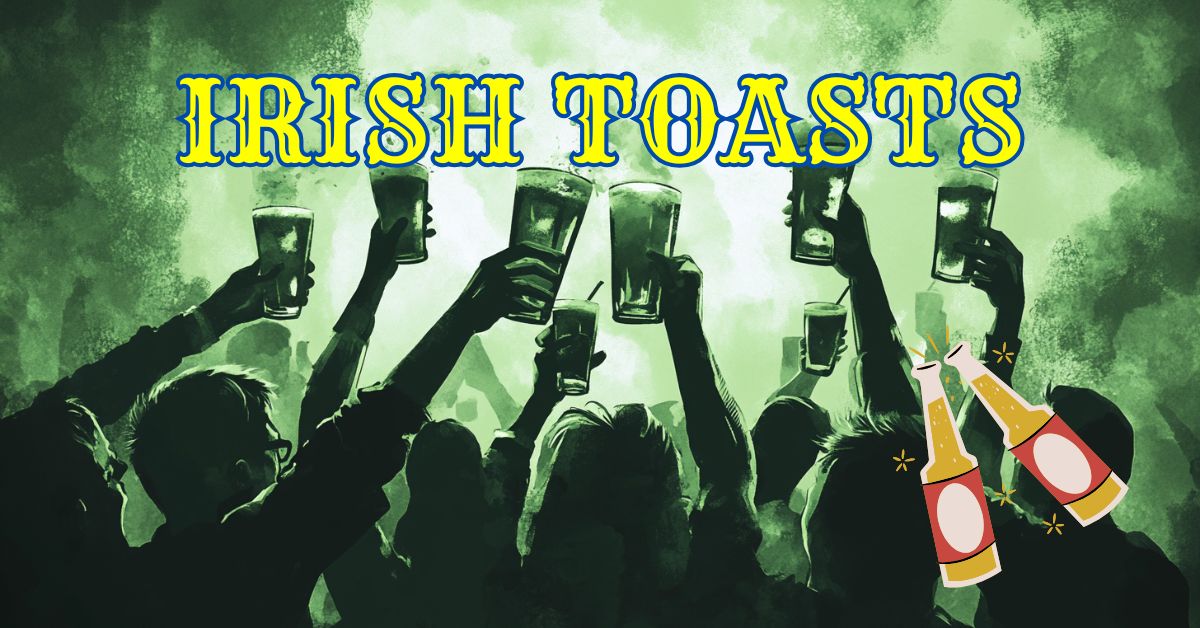
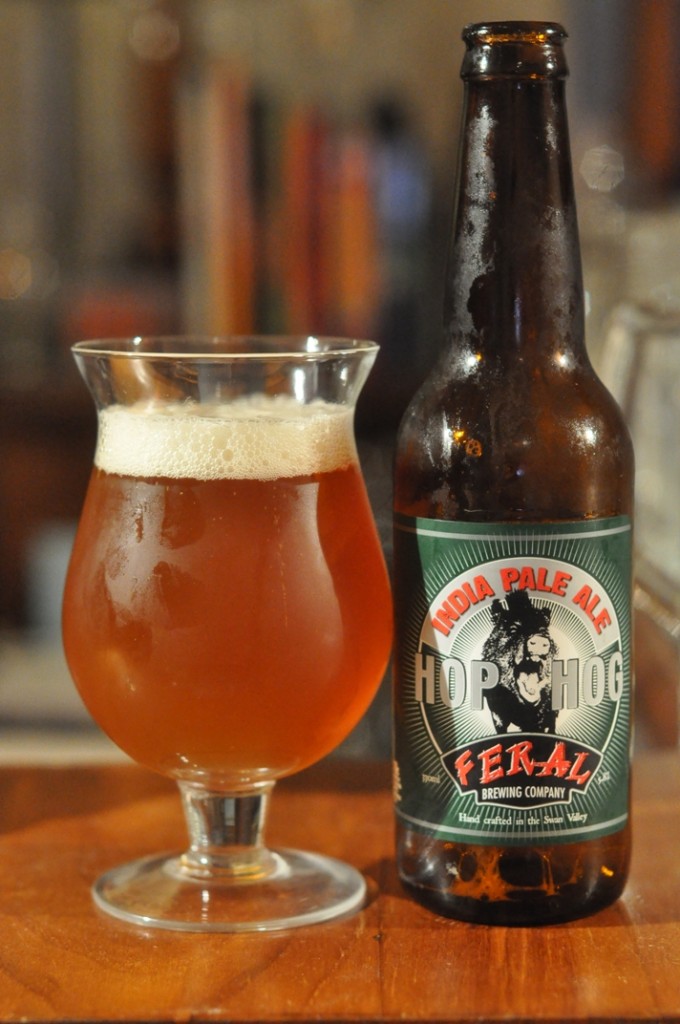
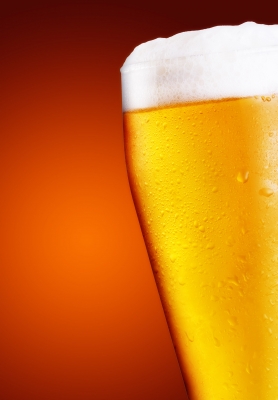
Leave a Reply